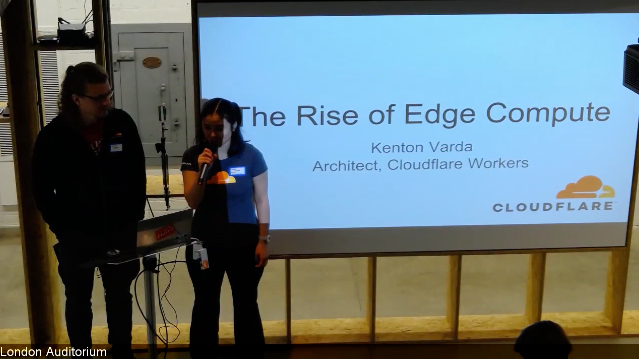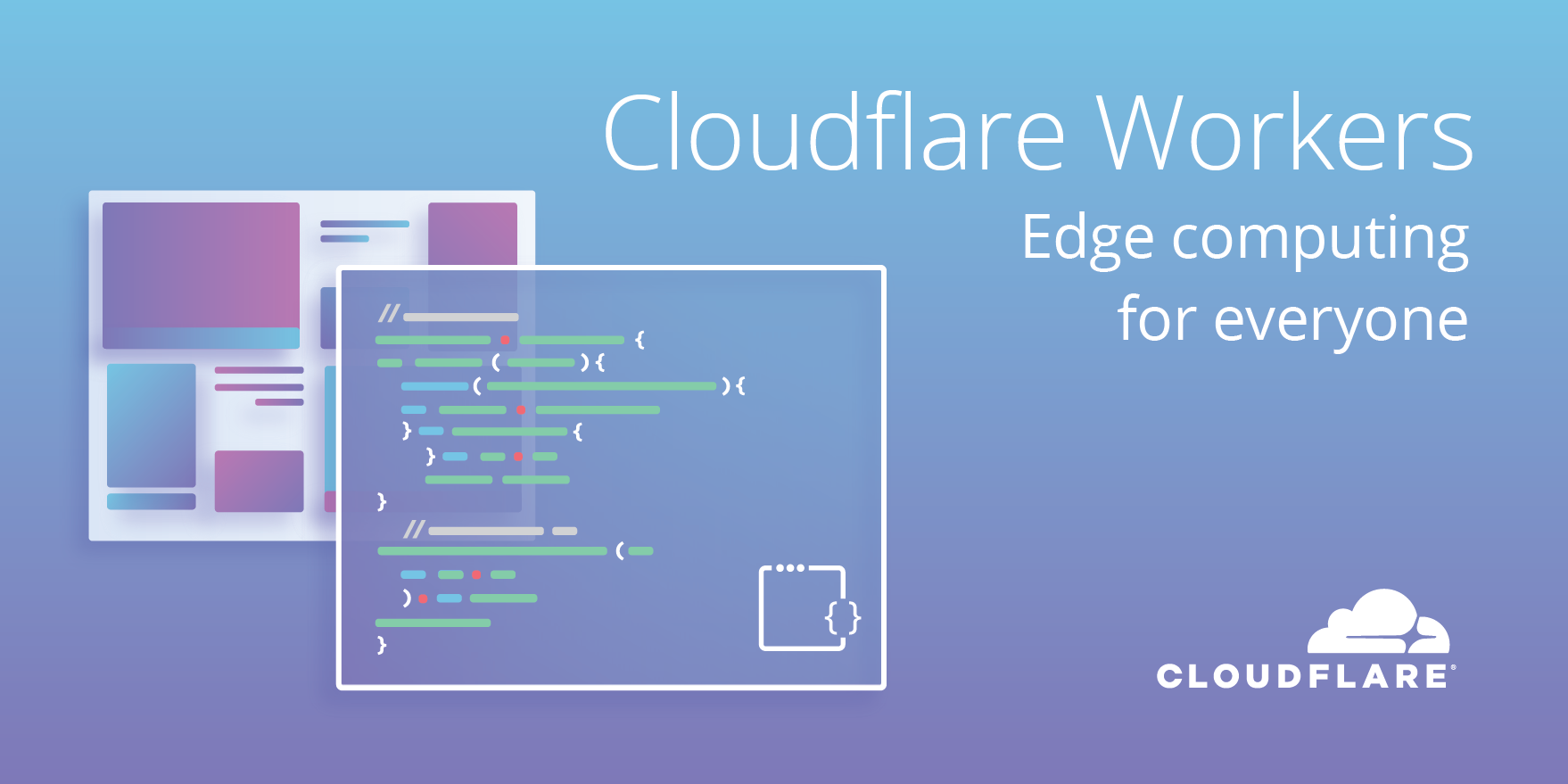CA Technologies To Cut 800 Jobs As Company Shifts Business Model
 The company said that it is consolidating the number of its offices and letting go of employees that don't have the right skill sets.
The company said that it is consolidating the number of its offices and letting go of employees that don't have the right skill sets.
Customer Hack Leads IBM, Red Hat to Combine Cloud, Container Support
 IBM’s Cloud Private management layer can be deployed directly on top of OpenShift. This will also provide IBM’s middleware with access into that new infrastructure.
IBM’s Cloud Private management layer can be deployed directly on top of OpenShift. This will also provide IBM’s middleware with access into that new infrastructure.
NetApp Partners With Google, Ups the Ante in its Cloud-Connected Game
 Analysts praised the company for its ongoing effort to transition from a traditional storage vendor to a cloud data services company
Analysts praised the company for its ongoing effort to transition from a traditional storage vendor to a cloud data services company
Off-Premises Cloud Services to Reach $374B in 2022, Says IHS
 In 2017 Amazon led the IaaS market with 41 percent of revenue, while Microsoft topped the list for PaaS with 26 percent of revenue, according to IHS Markit.
In 2017 Amazon led the IaaS market with 41 percent of revenue, while Microsoft topped the list for PaaS with 26 percent of revenue, according to IHS Markit.
The Rise of Edge Compute: The Video

At the end of March, Kenton Varda, tech lead and architect for Cloudflare Workers, traveled to London and led a talk about the Rise of Edge Compute where he laid out our vision for the future of the Internet as a platform.
Several of those who were unable to attend on-site asked for us to produce a recording. Well, we've completed the audio edits, so here it is!
Visit the Workers category on Cloudflare's community forum to learn more about Workers and share questions, answers, and ideas with other developers.
How to manage access in a web-scale data center
One of the consistent questions that arises during the web-scale transition is the impact of managed access to networking infrastructure. How do we take traditional management techniques and adapt them to the new operational paradigm of web-scale networking, where automation drives the majority of changes and the infrastructure is treated as a holistic entity rather than node-by-node?
Local privileges
In the most basic way, we can migrate existing workflows to the new paradigm. Though inefficient, the old way of doing things still works with the new web-scale paradigm. The easiest way to do this is to restrict access to your switches using local privileges. In Linux, users are controlled using the adduser command, and the permissions for that user are controlled using the chmod commands.
A list of all users is stored in the /etc/passwd folder of Linux:
cumulus@leaf02:~$ cat /etc/passwd root:x:0:0:root:/root:/bin/bash daemon:x:1:1:daemon:/usr/sbin:/usr/sbin/nologin bin:x:2:2:bin:/bin:/usr/sbin/nologin sys:x:3:3:sys:/dev:/usr/sbin/nologin sync:x:4:65534:sync:/bin:/bin/sync games:x:5:60:games:/usr/games:/usr/sbin/nologin man:x:6:12:man:/var/cache/man:/usr/sbin/nologin lp:x:7:7:lp:/var/spool/lpd:/usr/sbin/nologin mail:x:8:8:mail:/var/mail:/usr/sbin/nologin news:x:9:9:news:/var/spool/news:/usr/sbin/nologin uucp:x:10:10:uucp:/var/spool/uucp:/usr/sbin/nologin proxy:x:13:13:proxy:/bin:/usr/sbin/nologin www-data:x:33:33:www-data:/var/www:/usr/sbin/nologin backup:x:34:34:backup:/var/backups:/usr/sbin/nologin list:x:38:38:Mailing List Manager:/var/list:/usr/sbin/nologin irc:x:39:39:ircd:/var/run/ircd:/usr/sbin/nologin gnats:x:41:41:Gnats Bug-Reporting System (admin):/var/lib/gnats:/usr/sbin/nologin nobody:x:65534:65534:nobody:/nonexistent:/usr/sbin/nologin systemd-timesync:x:100:103:systemd Time Synchronization,,,:/run/systemd:/bin/false systemd-network:x:101:104:systemd Network Management,,,:/run/systemd/netif:/bin/false systemd-resolve:x:102:105:systemd Resolver,,,:/run/systemd/resolve:/bin/false systemd-bus-proxy:x:103:106:systemd Bus Proxy,,,:/run/systemd:/bin/false frr:x:104:109:Frr routing suite,,,:/var/run/frr/:/bin/false ntp:x:105:110::/home/ntp:/bin/false uuidd:x:106:111::/run/uuidd:/bin/false messagebus:x:107:112::/var/run/dbus:/bin/false sshd:x:108:65534::/var/run/sshd:/usr/sbin/nologin snmp:x:109:114::/var/lib/snmp:/usr/sbin/nologin dnsmasq:x:110:65534:dnsmasq,,,:/var/lib/misc:/bin/false _lldpd:x:111:115::/var/run/lldpd:/bin/false cumulus:x:1000:1000:cumulus,,,:/home/cumulus:/bin/bash
Users can be added and deleted using the adduser and deluser commands:
cumulus@leaf02:~$ sudo Continue reading
ONUG Members Aren’t Very Interested in OpenStack, But They Are Interested in Multi-Cloud
 While OpenStack is widely used by service providers, ONUG's enterprise members are dealing with a different ecosystem with different issues, such as thousands of applications.
While OpenStack is widely used by service providers, ONUG's enterprise members are dealing with a different ecosystem with different issues, such as thousands of applications.
Are two spaces better than one? | Butterick’s Practical Typography

I’m interested in fonts. The two space remains bunk.
Simon Wardley – Strategy by Mapping,Crossing the River by Feeling the Stones

Change the way you think about strategy and why mapping works ?
The Internet Society and African Union Commission Launch Personal Data Protections Guidelines for Africa
The Internet Society and the African Union Commission (AUC) today launched the Personal Data Protection Guidelines for Africa (“the Guidelines”) at the Africa Internet Summit in Dakar, Senegal. Grounded on principles of privacy, trust and responsible use, the Guidelines introduced another step in securing the African Internet infrastructure and emphasized the notion that good data protection strengthens trust in online services and contributes to sustainable growth of the digital economy. This timely development follows a recent massive privacy breach at Facebook and the much talked about Cambridge Analytica saga which mishandled the data of millions of Facebook users, including many on the African continent.
Speaking at the launch event, the Director for Africa Regional Bureau, Dawit Bekele, applauded Senegal for becoming the first country in Africa to show leadership and commitment towards building a solid information society. “Africa – indeed like the rest of the world – considers personal data protection as key in securing the Internet infrastructure and Senegal has shown us the way by being the first African country to ratify the Malabo Convention.”
The African digital economy is continuing to grow, with the potential to reach $300 billion or 10% of GDP of the African economy Continue reading
Intel and Packet Give Open Source, Commercial Software Projects Free Infrastructure Access
 Developing software on Optane hardware reduces transaction costs for latency-sensitive workloads and increases scale per server.
Developing software on Optane hardware reduces transaction costs for latency-sensitive workloads and increases scale per server.
Apcela Launches Network Telemetry and Monitoring Agent
 The agent AppMon's sensors are pervasively deployed in a host environment to generate precise granular performance measurement, impairment detection, and anomaly detection.
The agent AppMon's sensors are pervasively deployed in a host environment to generate precise granular performance measurement, impairment detection, and anomaly detection.
Barefoot Networks Sees Programmable Switching Potential for 5G
 By making switching smarter, operators can lower latency and increase bandwidth.
By making switching smarter, operators can lower latency and increase bandwidth.
Microsoft Touts 10x Increase in Kubernetes Usage on Azure Cloud
 The latest round of Azure Kubernetes Service updates include the new name and general availability in the coming weeks.
The latest round of Azure Kubernetes Service updates include the new name and general availability in the coming weeks.
Supply Chain Management Is Critical for Carrier Neutral SD-WAN
 The SD-WAN supply chain becomes critically important, as it includes the planning and management of all application delivery infrastructure involved in sourcing, procurement, deployment, and logistics.
The SD-WAN supply chain becomes critically important, as it includes the planning and management of all application delivery infrastructure involved in sourcing, procurement, deployment, and logistics.
